
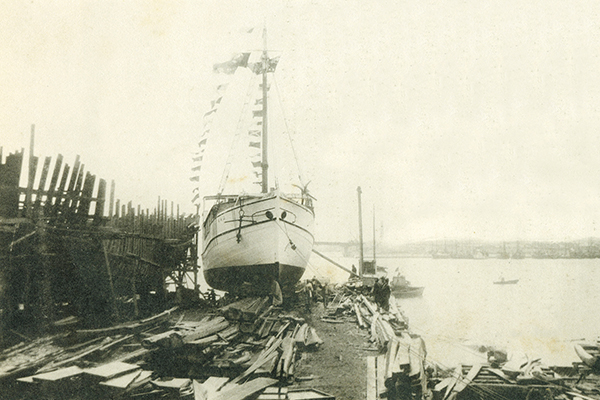
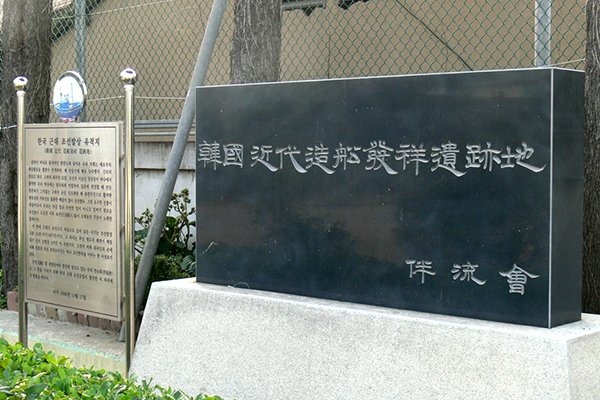

Daepyeong-dong is the mecca of modern shipbuilding industry in Korea
Daepyeong-dong established its reputation as a centre of ship-repairing industry in the late 1800s. During that period, Japanese fishermen began to come to Busan to take up the fertile fishing ground. Particularly, they often used Daepung-po, the old name of KANGKANGEE Village, as a fishing port to repair boats and supply drinking water because it was sutied for shelter from wind and waves. In 1887, a Japanese shipbuilder “Tanaka” entered Korea and established the ‘Tanaka Shipbuilding Factory’, the first modern shipyard in Korea. From then on until the liberation of Korea from the Japanese colonial administration, there were about 60 repair shipyards and shipbuilding-related companies in Yeongdo. Although the modernization of the shipbuilding industry was possible because the Japanese colonial administration forced to open a harbor, Daepyeong-dong was a starting point and a stepping stone for the development of shipbuilding industry through competition with the Japanese industry, which had the cutting-edge technology.
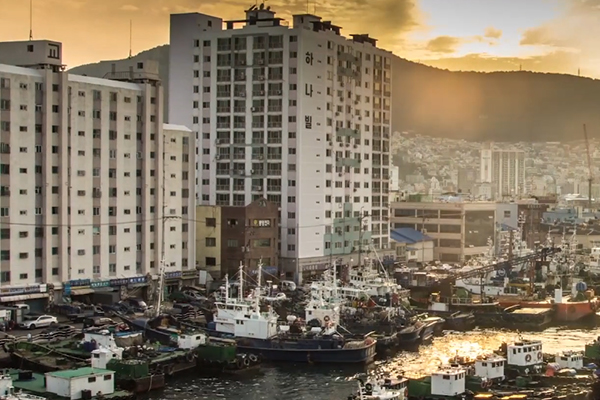
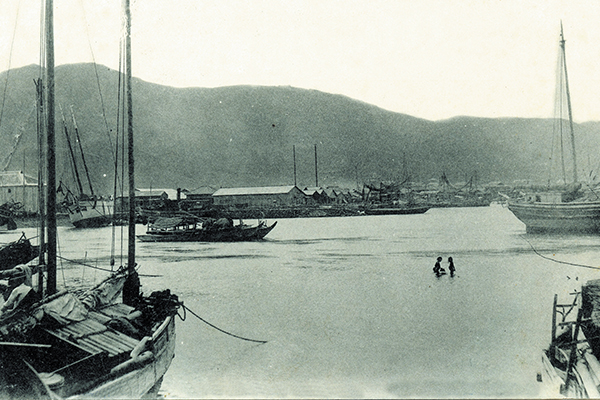
Daepyeong-dong is the second largest taxpayer in Busan during the 70s and 80s
Daepyeong-dong established its reputation as a centre of ship-repairing industry in the late 1800s. During that period, Japanese fishermen began to come to Busan to take up the fertile fishing ground. Particularly, they often used Daepung-po, the old name of KANGKANGEE Village, as a fishing port to repair boats and supply drinking water because it was sutied for shelter from wind and waves. In 1887, a Japanese shipbuilder “Tanaka” entered Korea and established the ‘Tanaka Shipbuilding Factory’, the first modern shipyard in Korea. From then on until the liberation of Korea from the Japanese colonial administration, there were about 60 repair shipyards and shipbuilding-related companies in Yeongdo. Although the modernization of the shipbuilding industry was possible because the Japanese colonial administration forced to open a harbor, Daepyeong-dong was a starting point and a stepping stone for the development of shipbuilding industry through competition with the Japanese industry, which had the cutting-edge technology.
After the liberation, Daepyeong-dong faced a recession. The recession could be overcome by “the boom in deep-sea fishery” in the early 70s. Young-Wan Lee, one of the owners of the companies in Daepyeong-dong said, “During the 70s, around 400 vessels came in and out one after another. ‘The Seamen recruitment centre’ always had a mass of people.”He also said, “At the pier, fishermen brought tuna instead of money to pay for their meal and drink. The refrigerators of each house were filled with canned fish, and there was a huge seasonal fish market which had nearly 30 coffee shops.”At that time, Daepyeong-dong was booming so that it was told that even dogs carried 10,000 won in its mouth. “In 1972, after the construction of an 18,000-ton ship, many ships began to be built in earnest, and in the 1980s, the domestic engine was manufactured and exported. Henceforth, Daepyeong-dong, which had more than 200 ironworks, shipping tool shops, electronics companies, and parts shops, grew into a region with ‘the best ship-repairing technology in Korea’.”Most of the villagers said, “Daepyeong-dong was the second largest taxpayer in Busan.”It is not an exaggeration as The 70s and 80s were the greatest peaks of Daepyeong-dong.
quoted from Jung Ha Kim, Industrial Folklore of Women Workers in the Modern Industrialization Period ? focusing on Kangkangee Middle-Aged Women in Shipyard Street
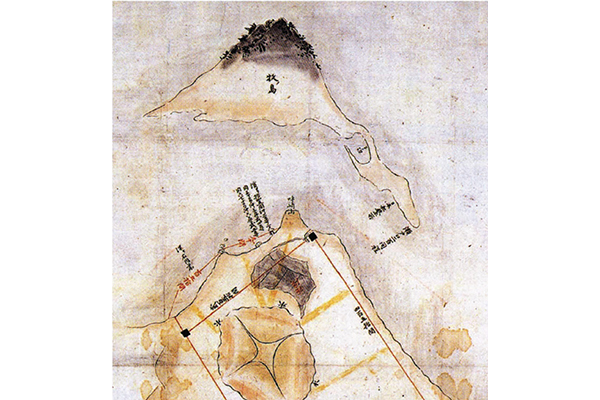
Daepyeong-dong has three other names
The original name of Daepyeong-dong was Pungbal-po, which means “an energetic shape like as if the wind rises”. During the Japanese colonial period, it was also called Daepung-po because it was a good shelter from rain and storm. After the liberation, the name was changed to ‘Daepyeong-dong’as the government decided to reinstate place names that had been corrupted during the Japanese occupation. Its meaning was to pray for peace without a storm. Since the official launch of the Daepyeong-dong Village Community in 1981, it had been named Daepyeong-dong for 60 years. However, due to a decrease in population and administrative convenience, the village was incorporated into Namhang-dong in 1998. Now, the name of Daepyeong-dong has remained only in tradition or archived data on court order. Nevertheless, the residents seem to have a strong attachment to the name, Daepyeong-dong, as they still introduce their hometown as Daepyeong-dong. Moreover, through winning the contest of the Arts Village contest of Busan City in 2015, now it has a new name, “KANGKANGEE Arts Village”.
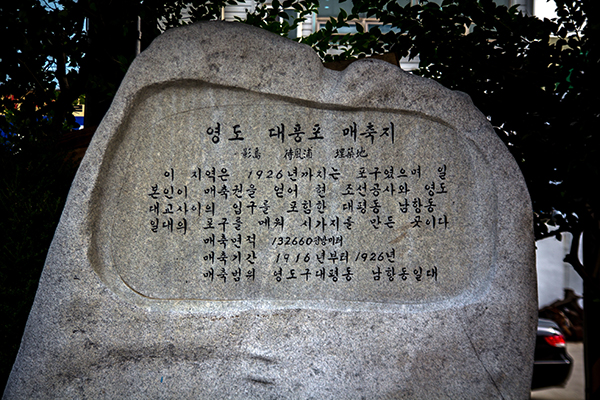
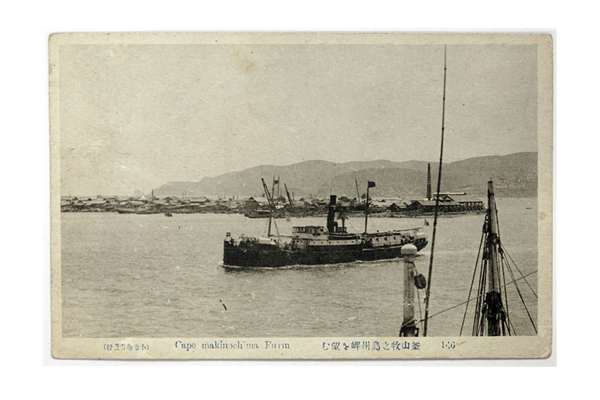
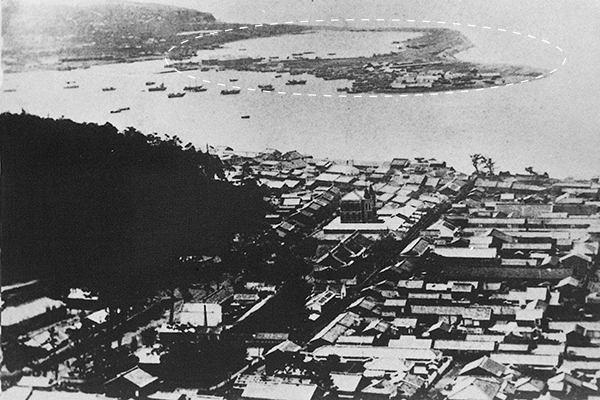
Originally, Daepyeong-dong was an island
A long time ago, Daepyeong-dong was an island located in the place where there is currently coastal waters of Namhang-dong, Yeongdo-gu. Gradually, sediments were piled up between the island and the land so that they were connected and became a projected peninsula. The peninsula looks like a fishing hook, where the inside was a calm shore. During the Japanese Invasion of Korea in 1592, navy from Satsuma, a former name of Kagoshima, dredged the shore to make a harbor to hide their warships, so it was called “Satsuma Bori (Salmagul)”. There was also Jeoryeongdo Waegwan, which was regarded as a symbol of reconciliation and exchange in the Korea-Japan relationship. The shape of the shoreline changed significantly due to construction from 1916 to 1926, which was called “Daepung-po Reclamation Project”. A Japanese capitalist, Ozawa reclaimed the land from the sea of Daepung-po as he had been given the right from the Japanese residents in Busan. After 10 years of construction work, a land of roughly 140 thousand square meters was created. Henceforth, it was used as a residential area for the Japanese and their shipyards, which were built along the coast of Daepung-po. Then, the construction work of Yeongdo Bridge between 1931 and 1935 changed the shape again, so that it became close to a current shape. The construction work made two additional docks that increased the area that ships could be anchored, while Daepyeong-dong administration made transportation facilities for trade and logistics materials through reclamation work. In 1939, there was a reclamation work once more, which separated two lighters wharfs. As a result, the current topography of Daepyeong-dong was completed.
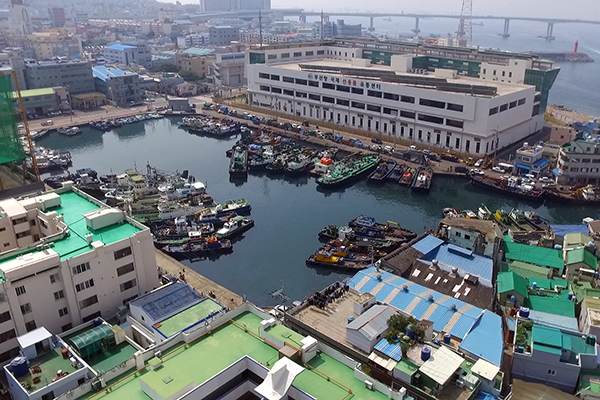
The sea of Daepyeong-dong used to attract squids
Yeongdo was one of the main fishing grounds of Busan during the Japanese colonial period. It particularly attracted squids and haritails so there were a lot of squid fishing boats coming to the lighters wharf of Daepyeong-dong. Currently, there are two lighters wharfs in Daepyeong-dong, which has been called “Ika Pier or Ika Mongdi”by Namhang International Shipping Supplies Distribution Centre. (Mongdi means pebble hill) “Ika” means “squid” in Japanese, which shows that there were a plenty of squids in Daepyeong-dong. However, as the number of ships decreased due to the Korea-US Fishing Agreement, the number of squids coming to Daepyeong-dong also gradually reduced. Only the name “Ika Pier”, which has passed down by word reminds us of the past.
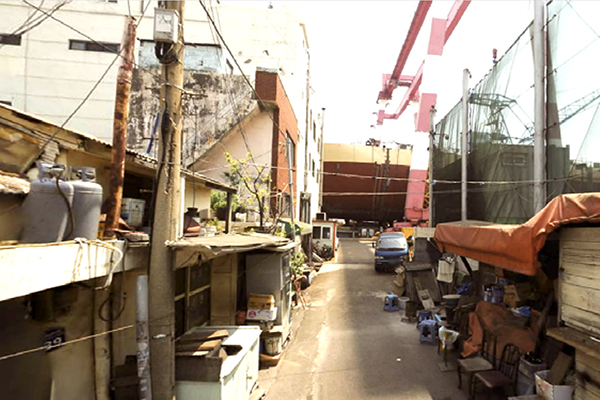
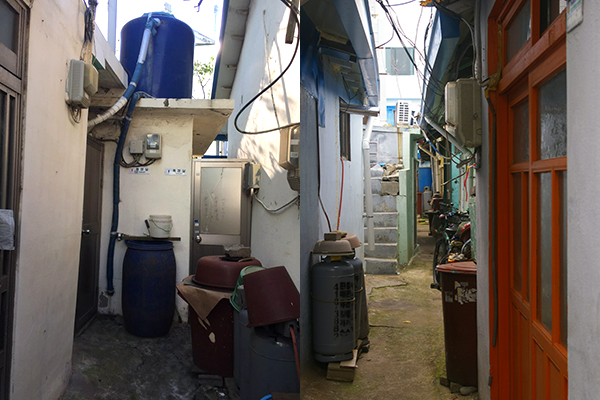

In Daepyeong-dong, there is North Korean Neighbourhood where refugees from North Korea lived during the Korean War
During the Korean War, a third of the population of South Korea flocked to Busan as refugees. In Yeongdo, there were more refugees than other areas because there were refugee camps made of the US military materials. There were many from North Korea and they gathered together to live. Hence, there has been an area at the northern side named “North Korean Neighbourhood”, where especially the people from Hamgyeong-do lived. The houses there have been called ‘Hakko-bang’, a small house like a box. The houses have long structure and several rooms to allow different households to live in each room of a house. It shows the lifestyle during that time when a family of four to five members lived in one house. The people who lived in that house often ought to leave the area because they need permission from other house-mates to repair the house. Recently, because many residents die of old age, the number of vacant houses in the area have increased a lot. However, there are still the stories of some residents and the houses that kept their place, which remind us of the pain of the war and the hardships of the refugees.
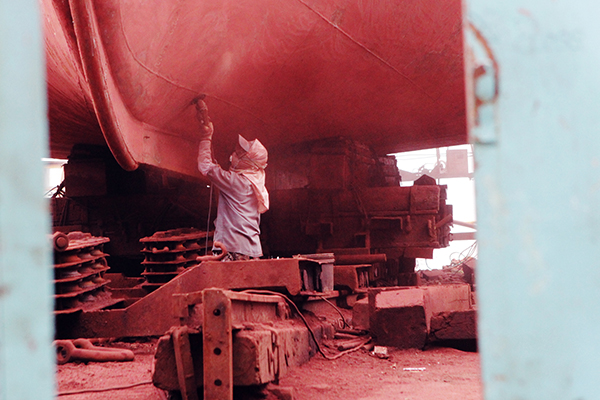
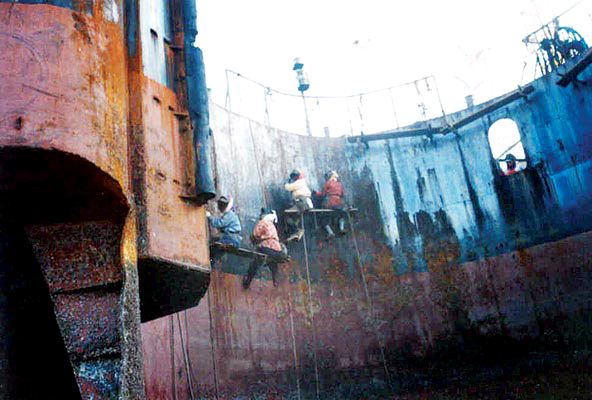
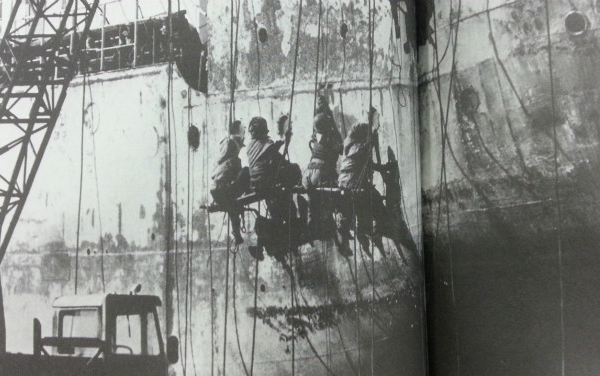
In Daepyeong-dong, there are the Kangkangee middle-aged women with patience and perseverance
In the 70s and 80s, when the village prospered with its ship-repairing industry, there was always “Kang-Kang-Kang” sound beyond the wall of the shipyard throughout the village. It is a sound of hammering, which is done by shipyard workers to remove rust and shellfish from boats that come into the shipyard. This sound is the origin of the name of the village, “KANGKANGEE”. At first, nobody wanted to do that job because it was dangerous to work in a high place, and because of significant noise, vibration, and dust. However, there were the middle-aged women of Daepyeong-dong who came to do such a harsh job. They worked to support their family, particularly for their children, taking a risk of a falling accident or an industrial disease such as hearing loss, tinnitus, and arthritis. At the time, there were about 200 Kangkangee middle-aged women, but now only 10 ~ 20 have been left because of mechanical development. Nevertheless, as they have made every effort for 20~30 years, there is no doubt that they have played an important role to make Daepyeong-dong the mecca of the ship-repairing industry. Hence, it is obvious that they are the driving force of modern industrialization in Korea. Today, the word ‘KANGKANGEE’ symbolizes the diligence and patience of the villagers, which also represents the village. / Reference; Jung Ha Kim, Industrial Folklore of Women Workers in the Modern Industrialization Period ? focusing on Kangkangee Middle-Aged Women in Shipyard Street
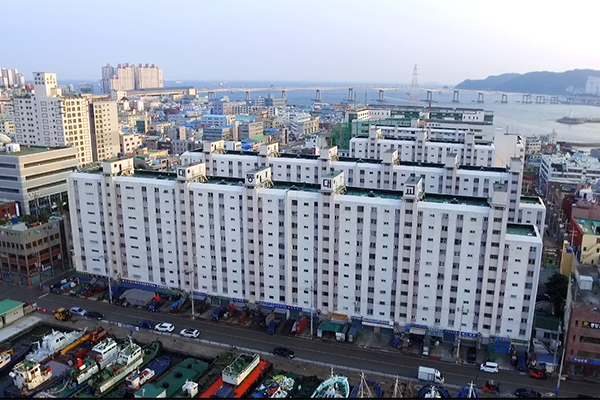
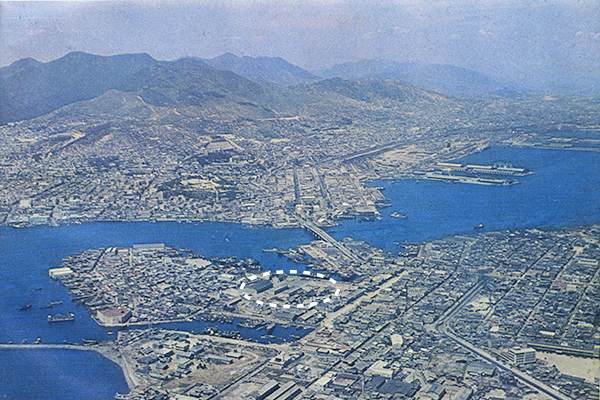
The Daedongdaegyo Mansion completed in 1980 is the first apartment &store building in Busan
The Daedongdaegyo Mansion is located in a place which is important in the modern history of Yeongdo. During the Japanese imperialism period, the Korean named Park Ki-Jong founded the Standard Oil Corporation from the US around 1909 at this location. It was meaningful because he was a pioneer against a backdrop of the predominant Japanese industrial facilities and factories in Busan, as well as Yeongdo. During the Korean War, the US military used this place and the warehouse came in afterward. Then, by the 70s, there were various factories and companies that produced ropes and other goods. In 1978, the apartment construction work began and the Daedongdaegyo Mansion was completed in 1980. The Daedongdaegyo Mansion is Busan’s first apartment &store building where there are shipbuilding-related factories and parts stores on the first floor while it is a residential area from the second floor.
There were 9 hot sellers in Daepyeong-dong
When the land of roughly 140 thousand square meters was created with the Daepung-po land reclamation in the 20s, Japanese houses and many factories that produced necessaries were built in Daepyeong-dong. Here are the nine most popular products.
![]()
Salt
In 1906, “the Herbie salt manufactory” was established in where the Hanavil Apartment is currently located. It was one of the many salt manufactories that the Japanese built in Yeongdo. Japanese fishermen disposed of some of the fish caught on the southeast coast of Korea and salted the remaining with salt from Daepyeong-dong. There was no salt farm in Daepyeong-dong, but cheap salt was imported and dissolved in seawater to be boiled to make salt.
![]()
Match
Consectetur adipiscing elit. Nullam ex velit, laoreet sit amet sollicitudin sit amet, commodo eu justo
![]()
Seafood Processing Factory
In 1932, “Dongchan Gongyoung Jo”, a seafood processing company was established at the location where there is currently the simple dock. The company, of which scale was large at that time, brought fish caught on the southeast coast of Korea to Daepyeong-dong docks to make processed products.
![]()
Sot, the Korean Traditional Pot
After the liberation, there was a pot factory called “Ssanghwa Casting” in the location where there is currently Daedong Apartment. It produced a lot of pots so that it was even said that the entire nation cooked rice in the pots from Yeongdo.
![]()
Rope (line)
After the liberation, there was a rope factory in the location where there is currently the Daedongdaegyo Mansion. It mainly produced rope used in ships.
![]()
Soy Sauce
During the Japanese colonial period, there was a soy sauce factory in the location where there is the last stop of Daepyeong-dong town bus. The soy sauce produced in Daepyeong-dong was mostly consumed in Yeongdo-gu, Jung-gu, Dong-gu, and Seo-gu.
![]()
Brewing
At the time under the Japanese colonial administration, there was also a brewery near the location where there is the last stop of Daepyeong-dong town bus. This brewery also carried out wholesale and retail business along with production.
![]()
Record
The first album in Korea was released in Yeongdo. In 1946, a lyricist from Hwanghae-do, Yaincho, whose original name is Kim Bong-Cheol, founded Corona Records. A representative record from this company is Suk-Hee Lee’s “Busan Blues” released in 1949.
![]()
Oil
Park Ki-Jong was the Korean forerunner in Busan to establish the Korean branch of the American Standard Oil in Daepung-po around 1909. Henceforth, he concentrated on attracting new style of shipyards, considering the geographical advantages of Yeongdo. At the same time, while establishing and managing the company, he tried hard to protect the economic right of the Joseon dynasty, from Japan through the fuel business of the ferry, which was the only means of connecting the mainland and Yeongdo. /Reference; Bae Yeon-Han, The Changing Landscape of Yeongdo, Busan ? Particularly on Cultural Landscape
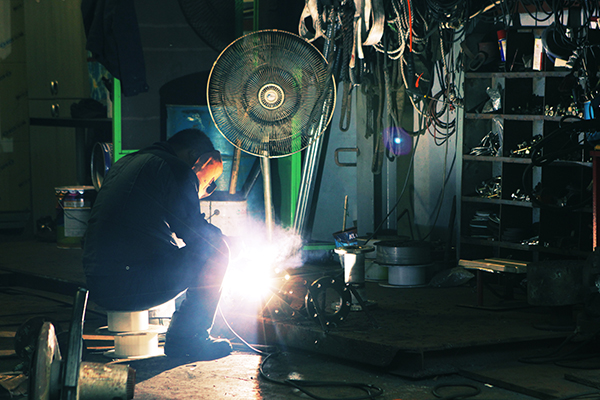
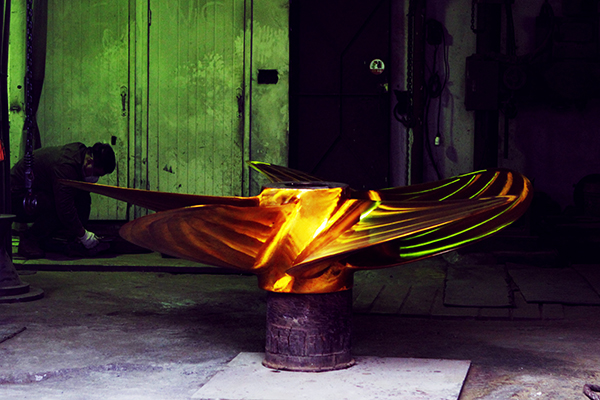
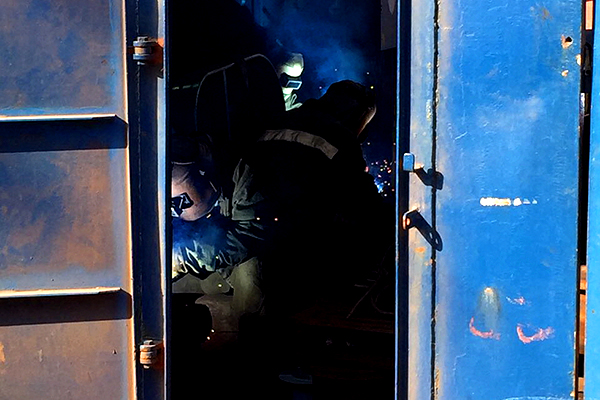
In Daepyeong-dong, it might be able to build a submarine if you go through 10 places
